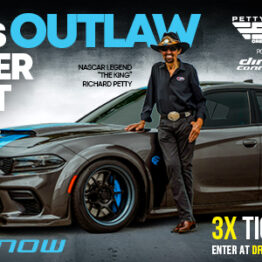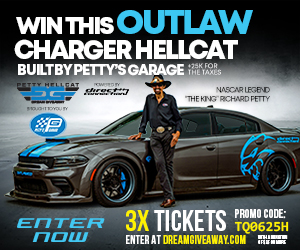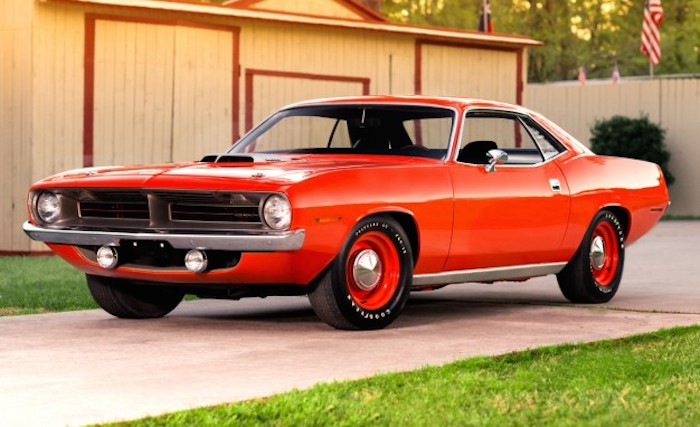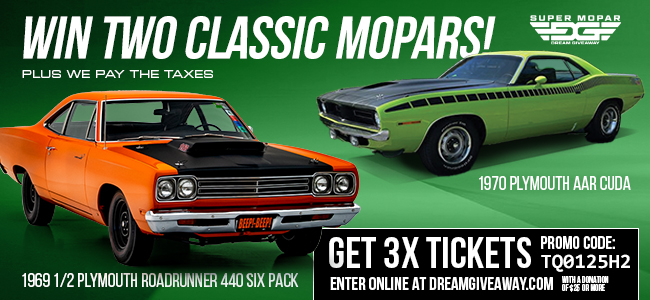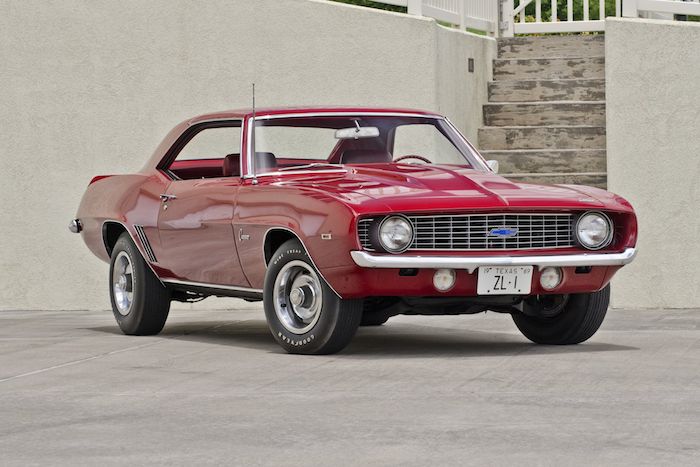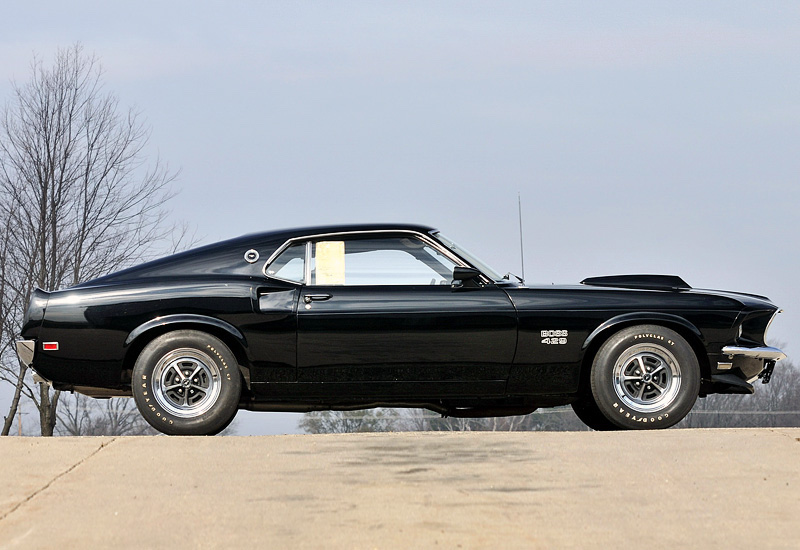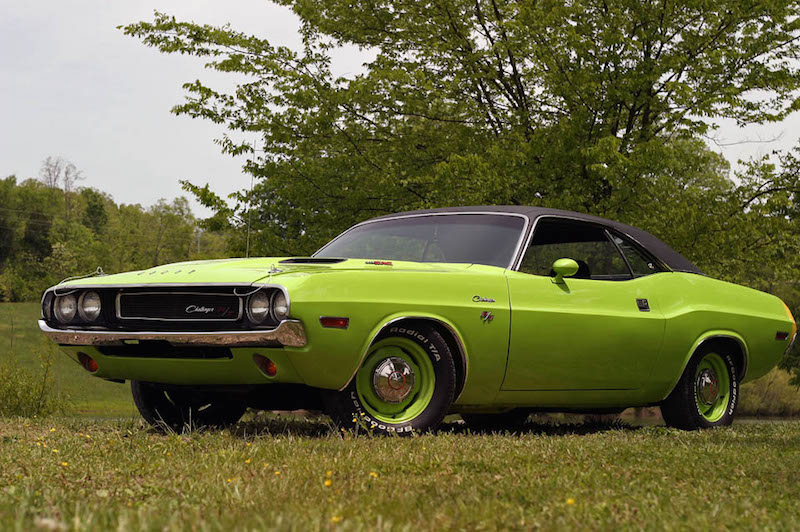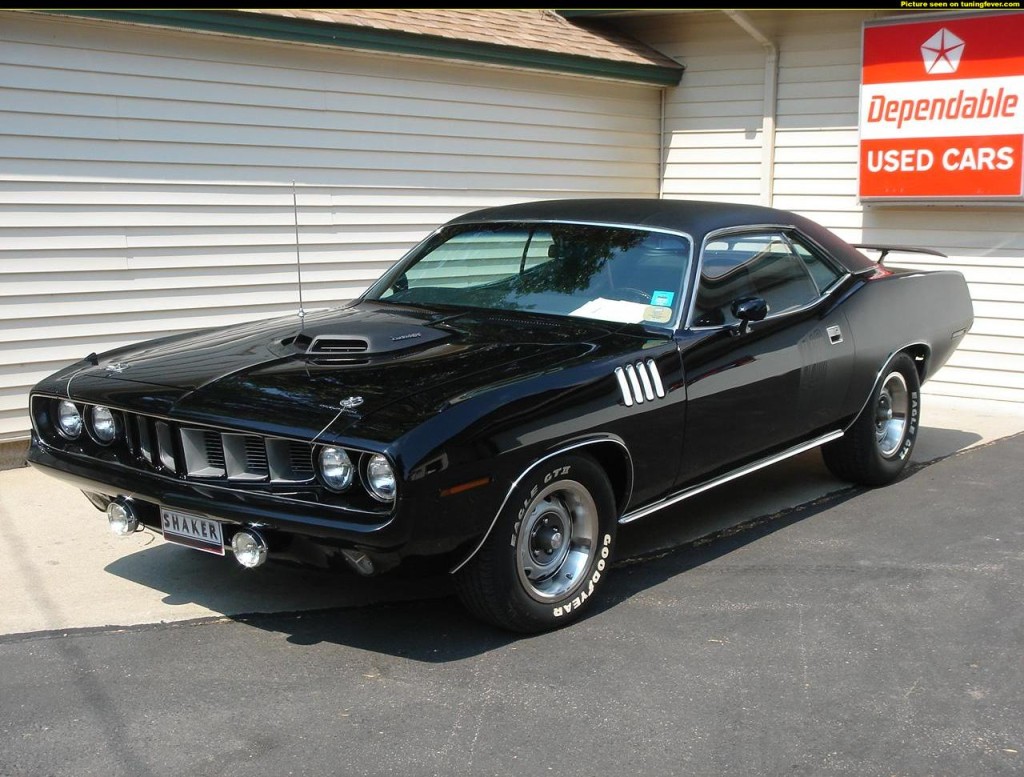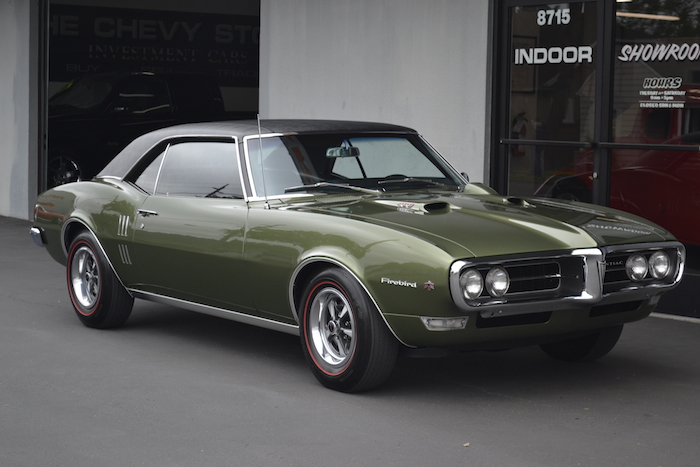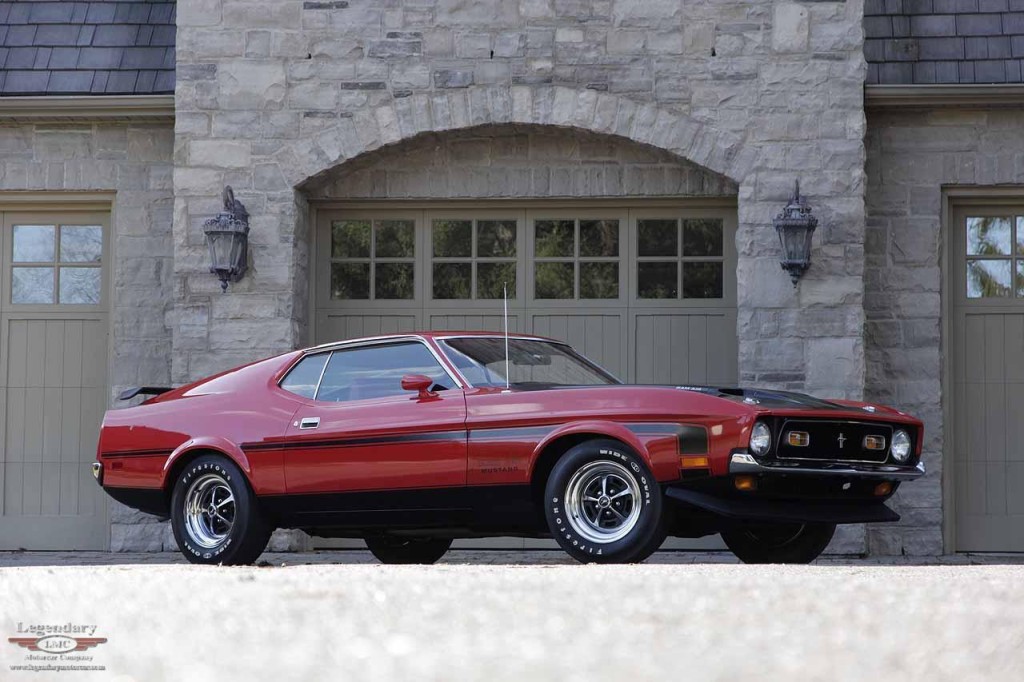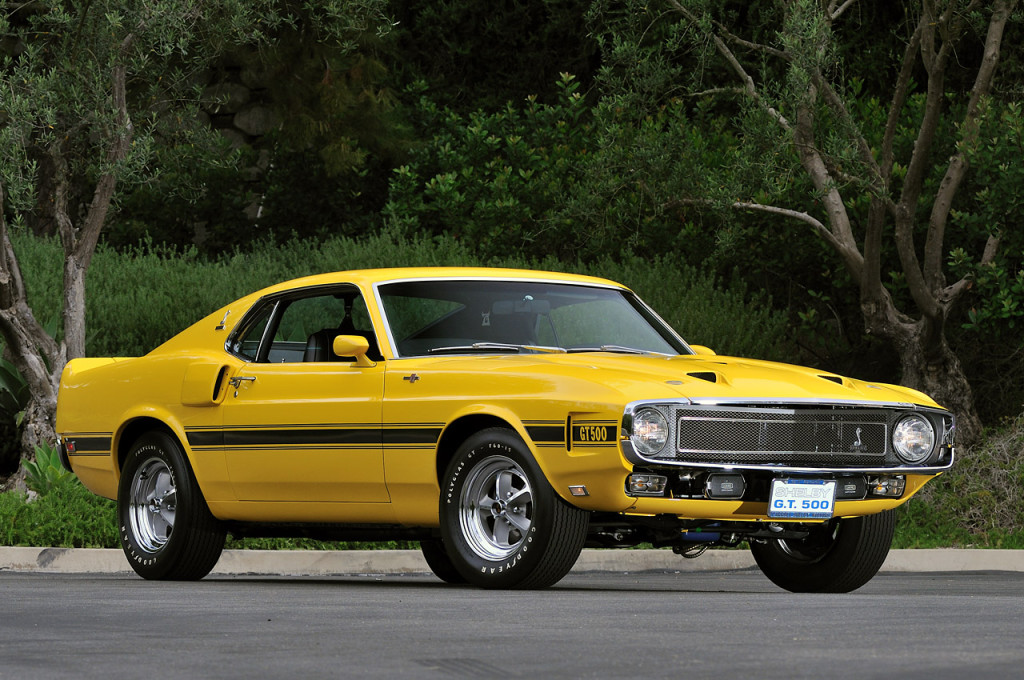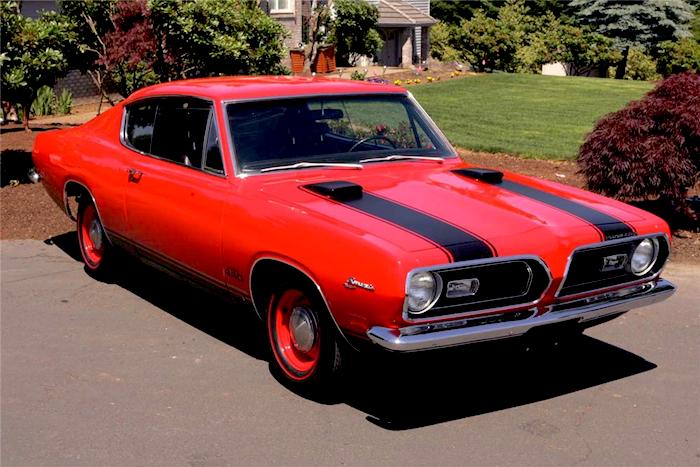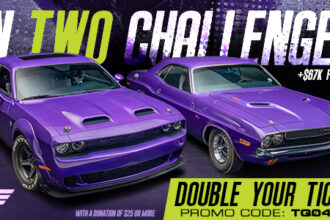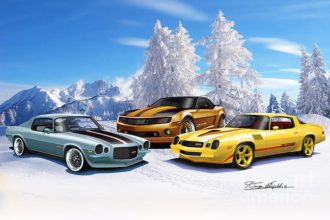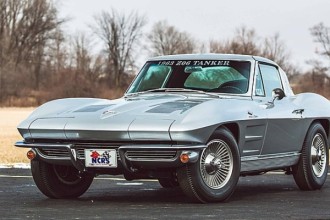Whenever you ask a car person, “Which one’s your favorite,” you are inevitably opening a can of worms that’s not very easy to close. For this reason, it’s sometimes nice to draw-back a little bit, think hard and engage in a little “car talk.” If you’ve ever spent time in a garage or an auto shop with other gearheads, then you know exactly how that “talk” sounds!
But what would you say is or was the fastest pony car ever built in America? Sounds like a pretty easy question to ponder, but as a wise man once said, speed is relative. In that vein, answering the question of which is the fastest pony car ever built is more challenging than imagined.
With today’s pony cars packing around 600+ supercharged horsepower, from GM, Ford and Chrysler, we thought we would take a look back at the fastest pony cars from an era long before electronic fuel injection, ECUs and six-speed transmissions.
So we dug through our archives, dusted off old car magazines and ran across a well-documented reference guide that depicted the 50 Fastest Musclecars from the ’60s and ’70s. That guide was from none other than a classic issue of Musclecar Review, and provided the reader with a chart rating the number one fastest, to the slowest at number fifty.
While you could argue that the results from the vintage magazines in which the list was compiled by are questionable, they’re all we have to go on in terms of documented information of what these cars ran off the showroom floor during their time. So let’s check out what the fastest ten pony cars from the list were. Keep in mind, there were other pony cars on the list that didn’t make it into the top ten, so if you don’t see your favorite car depicted, don’t shoot the messenger!
1. 1970 Plymouth HEMI ‘Cuda – 13.10 at 107 mph
If installing a big car motor into an intermediate created the musclecar formula, then stuffing a big car motor into a pony car made for one serious beast. A perfect example of this would be the highly-coveted and often overinflated [price tag] HEMI ‘Cuda.
Not to be confused with the more pedestrian Barracuda in which it was based, the ‘Cuda became the musclecar-bred powerhouse when equipped with your choice of a 383, 440 (4-bbl. or 6-bbl.) and naturally, the 6-bbl., 425 hp, 426ci. HEMI. Available in either 4-speed or TorqueFlite automatic varieties, the HEMI ‘Cuda is among the most-loved car of the Moparphiles. Rightfully so.
Car Craft rocketed one with a 4-speed and 3.54 gears in their November, 1969 issue to the tune of 13.10 at 107 mph, making it the fastest pony car on the list of the 50 Fastest Classic Musclecars!
2. 1969 Chevrolet Camaro ZL-1 – 13.16 at 110 mph
One of the most customizable cars from the factory of all time, the 1969 Camaro, has become one of the most sought-out cars (in general) at Barrett-Jackson, Mecum, eBay, Auto Trader and pretty much everywhere else you can purchase a classic car.
With engines spanning from a 250 ci. six-cylinder all the way up to a 427 ci. big-block ‘plant when ordered in COPO or ZL-1 spec, there really was a Camaro for everyone. Of course the six-shooter isn’t on the list, however, although the ZL-1 managed to make it to the number two spot on our list of fastest pony cars, right behind the HEMI ‘Cuda.
The all-aluminum 427 BBC Camaro managed a 13.16 at 110 mph in the June, ’69 issue of Hi Performance Cars. Rated from the factory at 430 hp, it was just a few tweaks away from low 12s. With only 69 produced, be ready to shell out as much as seven figures for one today!
3. 1973 Pontiac Trans Am SD-455 – 13.54 at 104 mph
By the time the mid-1970s came along, most of America’s automakers were stepping-back from the industry’s performance sector. Ironically, it was around that time that Pontiac introduced their Super Duty 455 mill. The company’s SD-455 was a big-inch monster that was destined for the Firebird’s engine bay, and upon arriving to Pontiac in 1969, former engineer, Gregg Peterson, took a keen interest in the motor’s development. Using knowledge from the SD-455 project, Peterson would later go on to “soup-up” his own ’74 Super Duty Trans Am.
In the June, ’73 issue of Hot Rod Magazine, the Editors took an automatic-equipped, 3.42-geared SD455 T/A down the quarter-mile in 13.54 at 102 mph. At a time when other automakers were detuning their powerplants to embarrassingly low levels, the SD455 was certainly the rebel of the bunch.
Plans were in place to to produce a SD455-equipped GTO for ’73, and the car was even tested in Hi Performance Cars, labeling it the “Performance Car of the Year.” But the plug ws pulled at the last minute before the first production example rolled off of the line. However, a handful of Firebird Formulas would be built with the powerplant, and the SD-455 would live on for a second model year in 1974.
4. 1969 Ford Boss 429 Mustang – 13.60 at 106 mph
Kicking off the pony car wars in ’64, the Ford Mustang would go on through a lot of highs (’13-14 Shelby GT500) and a lot of lows (’74-78 Mustang II Grande) throughout its lifespan during its 50-plus years in production. Although there were dark days and brighter ones that lie ahead, the ’69 BOSS 429 remains as iconic as ever. Still pretty quick by today’s standards, too!
A limited-production package, the BOSS Mustang was hand-assembled at the KK (Kar Kraft)-Brighton assembly plant in Brighton, Michigan. Only 859 BOSS 429 cars were produced in 1969, and interestingly enough, of that number, two BOSS ‘9-powered Mercury Cougars were built for the production year. One of musclecar mania’s favorite slogans is, “Win on Sunday, sell on Monday!” It was presumably for this reason that the 375hp BOSS Mustang was fitted with a toned-down version of NASCAR’s 429 mill.
Unlike its brother, the BOSS 302, that revved high and was more at home on the Trans-Am circuit, the BOSS 429 was the brute built for the straight-line. In the March, 1969 issue of Hi Performance Cars, they further proved this point. Their results with a 4-speed equipped and 3.91-geared BOSS 429 equated to a 13.60 at 106 mph in the 1320′ – making it one serious contender on the dragstrip – and on the street!
5. 1970 Dodge Challenger R/T 440 Six-Pack – 13.62 at 104 mph
Blink of an eye. Yup, that’s how much of a difference the ’70 Challenger R/T equipped with a 440-6 [Pack] was behind its Plymouth cousin equipped with the HEMI. Of course, this is purely based on the vintage magazine track tests, not in the real world.
If you were to ask nearly any Mopar enthusiast, they’ll tell you that HEMI motors were never really necessary to make E-Body Mopars go fast. If you’re into Camaros, then you’ve probably heard the urban myth that Chevy’s DZ302 was underrated – the same could be said for both the Chrysler HEMI and the 6-bbl. equipped 440.
Anyone who’s ever driven one of those DZ302 Camaros or a big-block Challenger can tell you that you just can’t always go by what the brochures say. Optioned with the 390-horse version of Chrysler’s 440 “Six-Pack,” the Challenger R/T for 1970, when paired with a TorqueFlite and 3.23 gears, was capable of a 13.62 quarter-mile pass, at a trap speed of 104.3 miles per hour. At least that’s what the November, 1969 issue of Car Craft says.
6. 1971 Plymouth ‘Cuda 440-6 – 13.72 at 106 mph
We’re noticing a pattern here; much to the joy of the Mopar fans all over the world. Being the sister car to the aforementioned 440-6 Challenger R/T, it only makes sense that the Plymouth variant offers basically the same performance as the Dodge stablemate.
But as the Trans Am was the more colorful cousin of the Camaro, so it seems that Plymouth’s E-Body ‘Cuda was seeking to upstage Dodge’s Challenger… oh yes, cross-company warfare was real back then! In the same way that Chrysler’s “Six-Pack” mill was able to push the R/T Challenger to superstardom, it likewise did so for the ‘Cuda, even with an automatic transmission.
Equipped with the 390-horse 440-6bbl, a TorqueFlite and 4.10 gears, Plymouth’s E-Body was capable of a 13.72 quarter pass, at a trap speed of 106 miles per hour, according to the April, 1971 issue of Super Stock Magazine.
7. 1968 Pontiac Firebird 400 H.O. – 13.79 at 106 mph
The second out of a total of two Firebirds on the list, the ’68 Firebird 400 H.O. (High Output), was essentially what you got when you took a Camaro, and gave it some GTO flair. When equipped with the top engine offered from its intermediate brother, the Firebird 400 H.O packed 335 hp and enough grunt to give the Pontiac F-body its own identity.
Much like the Camaro, the options list for a Firebird was quite extensive, although the engine offerings were completely different than what Chevrolet could give you. What many of those enthusiasts that hail from a younger generation don’t realize, was that there was a time when the “F-body twins” were anything but.
One particular 400 H.O. example that was equipped with the 4-speed and undetermined gears (we’ve researched, and came up empty) ran a very decent 13.79 at 106 mph in the quarter – with the Hot Rod Magazine Editors at the wheel. The test was featured in the March, ’68 issue.
8. 1971 Ford BOSS 351 Mustang – 13.80 at 104 mph
Okay, so it’s not the big-cube monster of the 429 or the high-revving, Trans-Am inspired 302 that sat under the hood of earlier BOSS.’ But with a 330hp 351 paired with a 4-speed manual and backed by a low, 3.91:1 final gear, the ’71 version of the BOSS Mustang was capable of an equally-impressive pass of 13.80 seconds at 104 miles per hour.
Although just a couple of tenths away from the 14s, it wouldn’t be until the 1995 Cobra R that a Mustang would see drag times as low as those from the showroom floor. Considered to be the last of the “big Mustangs,” before they were scheduled to be downside into the infamous Mustang II, the 351 BOSS has come into its own, being labeled as one of the best all-round Mustangs of its era.
But not before it had a spot in the original Gone in 60 Seconds (although depicted as a ’73) and in James Bond’s Diamond’s are Forever. Oh, and that 13.80 at 104 was accomplished in the January, ’71 issue of Motor Trend.
9. 1969 Ford/Shelby GT500 – 13.87 at 104 mph
In a case of a little back-to-back Mustang action, the lone Shelby on this totem pole belongs to the 1969 example. Powered by the 335 hp, 428 Cobra Jet, it pulled a 13.87 at 104 mph elapsed time in the September, 1969 issue of Super Stock Magazine.
Considered to be the largest, and heaviest, of all the Shelby cars it was actually built on the Ford assembly-line, rather than the inner-workings of the Shelby facility like the earlier versions that had come before it. Keeping everything in-house, and just having ol’ Carroll sign off on it, made the assembly process easier, less expensive and the delivery time much faster.
Although the earlier Shelby Mustangs have a much larger following, it’s the ’69 GT500 that actually made it to the list of the 50 all-time fastest, and our list of the top ten fastest classic pony cars.
10. 1969 Plymouth Barracuda 440 – 13.89 at 103 mph
Often overlooked by its 1970-71 counterpart, the Barracuda 440 (pre-‘Cuda) offered potential buyers a string of powerful and reliable engines; from a basic six-banger to the 440ci. 4-barrel, and even the 6-bbl. HEMI, if you were interested. Who wouldn’t be, right?
When compared to its rivals, the Barracuda was in the shadows of the Mustang, Camaro and even the Firebird and Cougar in regards to popularity. However, for those looking for something different in terms of a Detroit pony car that packed a punch, ordered up a 440 or HEMI Barracuda.
The 375hp 440ci. Barracuda, when paired with the TorqueFlite and 4.10 gear set, laid down a respectable 13.89 at 103.2 mph in the standing quarter-mile. Although the hood scoops and decals are the only thing giving the car’s potential away, Super Stock Magazine proved that Plymouth’s underdog could hang with the best of them in their August, ’69 issue.
Fanatical about everything LS and Buick Turbo-6, it goes without saying that Sal Alaimo Jr. is on it, when it comes to covering anything late-model. But his musclecar roots can be traced back to Chevelles, Skylarks and the rest of the A-Body family of GM performance!

